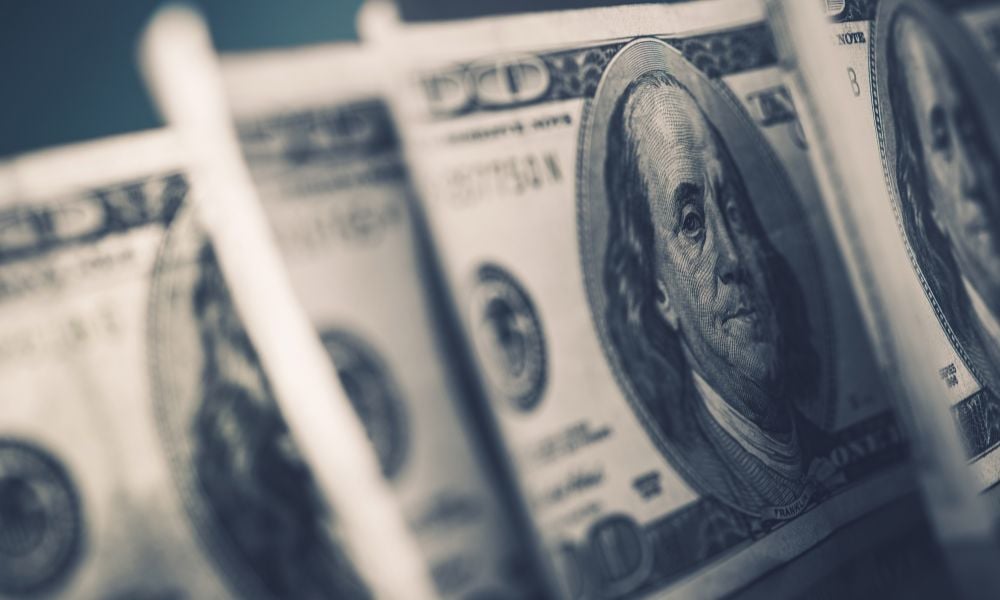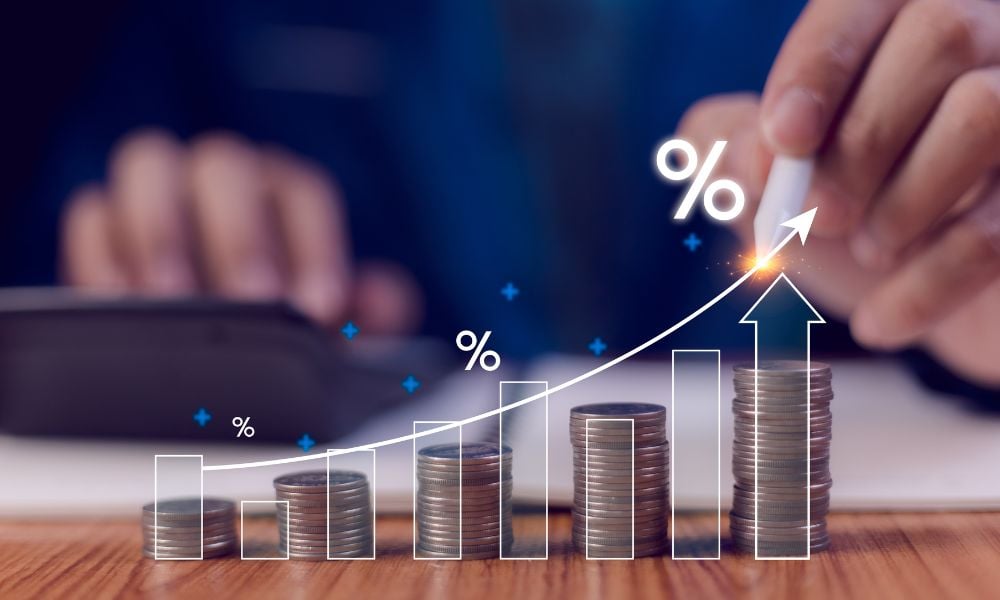RBC GAM currencies expert weighs in on what has caused this decline

A significant secular decline in the US dollar was not in many analysts 2025 predictions to start the year. In the years prior, US economic exceptionalism was the norm. Global investors sought access to US markets for unparalleled exposure to megatrends like AI. The US dollar has long been the global reserve currency and the lynchpin of global trade. Fast forward seven months and the dollar index — which measures the value of USD against the Euro, Yen, Pound, the Canadian dollar, Swedish krona, and Swiss franc — has fallen by almost 10 per cent. It’s a decline that few predicted but Daniel Mitchell explains that the ingredients for this fall have been in place as early as January.
Mitchell is the Managing Director & Senior Portfolio Manager, Global Fixed Income & Currencies at RBC GAM. He explained that in the US a challenging fiscal outlook, softer economic growth, interest rate cut expectations and threats to central bank independence have all served to weaken the greenback. Globally a mixture of central bank de-dollarization and a more bearish view of US assets by foreign investors, as well as a relative uptick in non-US developed market performance, have pressured USD as well. While the policies of the Trump administration may not be solely responsible for this decline, Mitchell highlights this President’s role as a catalyst.
“It has almost timed out perfectly, when Trump stepped in the door of the White House the dollar started falling, and I would say that is not entirely a coincidence,” Mitchell says. “There are certainly a lot of policies that have helped to accelerate the dollar move. If you look back at the start of the year, the dollar looked invincible. It has stronger economic growth, higher interest rates, better performing equity markets. The term at the time was US exceptionalism. Trump had been talking about tariffs during his election campaign, and the general consensus was that tariffs would boost the dollar even more. The surprise for markets was that the opposite happened.”
Mitchell explains that the nature of these tariffs and the uncertainty around their implementation caused a major reaction from economic actors. Imports were frontloaded, investment decisions were delayed, and economic prospects turned murkier and more negative. The effective declaration of a global trade war by the US, too, saw impacts on all of US trade while certain regional blocs remained somewhat insulated by trading with one-another. Europe, for example, rallied around the idea of its newfound isolation and committed to new deficit spending to support its defensive autonomy and economic resilience.
Some of the contributing factors behind this decline had been underway for some time. RBC GAM, Mitchell explains, has had longstanding discussions about how and why USD could weaken. He notes that the US dollar was extremely overvalued, and argues that even despite its recent declines it remains about 15 per cent too expensive. US fiscal deficits, too, can prove extremely challenging for the currency. Central banks, especially in the developing world, have been participating in something of a ‘de-dollarization’ trend as well. That long-term structural shift, Mitchell explains, is part of a diversification policy in many of these countries that was exacerbated by the US weaponization of the SWIFT payment system in sanctions against both Russia and Iran. More diversified currency and non-currency holdings like gold has become a matter of geostrategic importance for countries like China, who are buying fewer dollars as a function of this policy.
Despite some of these structural shifts, Mitchell argues that the current decline does not mean the US dollar is likely to lose its status as the global reserve currency.
“The US just has such depth of liquidity, large, large asset markets, there's there's no other contender that can disrupt the USD from that, from that main reserve status,” Mitchell says. “This is a 50-year theme, not a six-month theme, but we have to acknowledge that it's inching forward.”
While high level macroeconomic themes and geopolitical trends may play into the recent fall of the US dollar, Canadian retail investors and their advisors are having to make sense of the fallout. For the past decade, unhedged exposure to US assets was attractive. US assets tended to grow, the US dollar was stable or rising in value, and returns were either unaffected or amplified by currency moves. Many Canadian investors ended up long USD without even thinking of it. Mitchell notes that there is a risk there, especially if the premise that ‘currency returns wash out over time’ is challenged by a more structural decline in USD. He argues that investors and advisors need to be cognizant of those risks and look at various hedging strategies to moderate some of the USD exposure that investors might not fully understand they carry.
There are opportunities that can be found, too, as falling US dollar values should be constructive for commodities and the currencies of commodity exporters. Mitchell also sees the prospects of above average returns for emerging market equities which tend to do well with a falling US dollar.
For advisors helping their clients navigate these risks and opportunities, in a media environment where grabby headlines are written to frighten, Mitchell advocates for clarity and calm, acknowledging real risks and combatting the take ones.
“There are a lot of grabby headlines, and some have merit to them. The US fiscal situation is a real concern, so is Fed independence…those contribute to the US dollar’s lower move and I think are worthy of attention from advisors,” Mitchell says. “Specific to Canadian investors, we’re very bearish on the USD, we think the dollar will fall and every other currency in the world will benefit. One way advisors might make sense of this is not just to blanket hedge everything. I think there’s a good reason why you might want to hedge your US dollar exposures, but it’s less clear that there’s a need to hedge global assets.”



